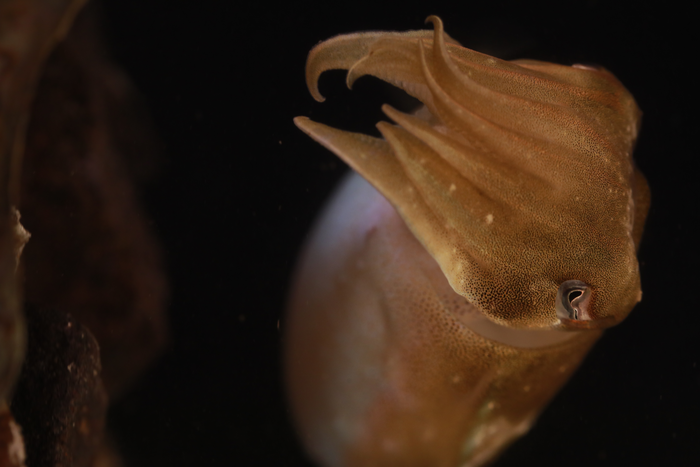New mapping of the cuttlefish brain could explain how, and why, the marine animal employs its distinct camouflage ability according to researchers from The University of Queensland (UQ).

Credit: Credit: Dr Wen-Sung Chung / Queensland Brain Institute
New mapping of the cuttlefish brain could explain how, and why, the marine animal employs its distinct camouflage ability according to researchers from The University of Queensland (UQ).
Queensland Brain Institute (QBI) neuroscientists opened the new avenue of discovery after creating, for the first time, a detailed outline of the cuttlefish brain structure and neuronal network.
“Much of our understanding of the cuttlefish brain has been based on a single species, the nocturnal European common cuttlefish,” Lead author Dr Wen-Sung Chung from QBI’s Marshall Lab said.
“We wanted to fill in the gaps of this knowledge by focusing on selected cuttlefish which are active during the day and further compare with other species from the Mediterranean and Indo-Pacific regions.”
Using gross anatomy and Magnetic Resonance Imaging (MRI), the research team were able to track the changes in the visual and learning brain regions.
They then compared the results against other cuttlefish species to construct a connectivity of the brain.
“What we discovered was the neuronal network which involved chemosensory function and body patterning control, which enables the cuttlefish to use in foraging and its camouflage,” Dr Chung said.
“We also discovered that the brain adaptations reflect the requirement of their daily life regarding ecology and habitats.”
The map of the brain structure could also help researchers understand the evolutionary pathway of the cuttlefish brain and, in turn, possibly gain insights to the evolution of our own brain.
“This research adds to our growing understanding of the cuttlefish brain along with our recent discoveries in the brains of octopus and squid,” Dr Chung said.
“It suggests that the brain structures can be used to investigate the evolutionary history of cephalopods.
“And by understanding the brain structures and networks of other animals, we can start to perceive more of the forces that shaped our brain.”
The research was first published in iScience (https://doi.org/10.1016/j.isci.2022.105846).
Media: Queensland Brain Institute, Merrett Pye, [email protected], +61 (0)422 096 049 or Elaine Pye, [email protected], +61 (0)415 222 606.
Video: https://youtu.be/ApLMsExnCPA
Journal
iScience
DOI
10.1016/j.isci.2022.105846
Method of Research
Observational study
Subject of Research
Animals
Article Title
The brain structure and the neural network features of the diurnal cuttlefish Sepia plangon
Article Publication Date
20-Jan-2023




